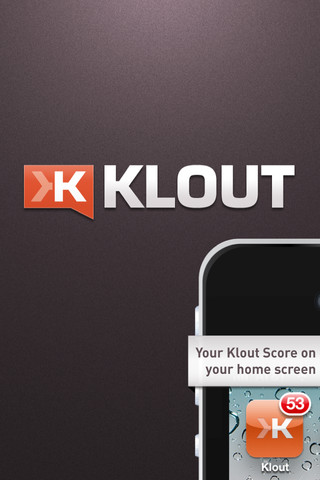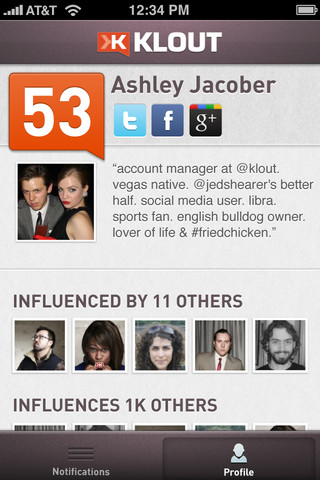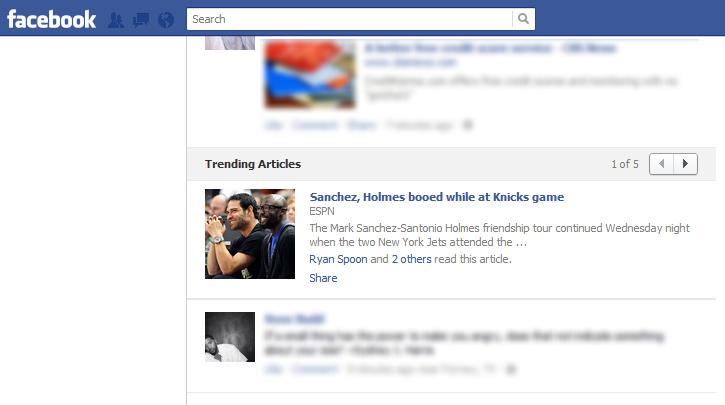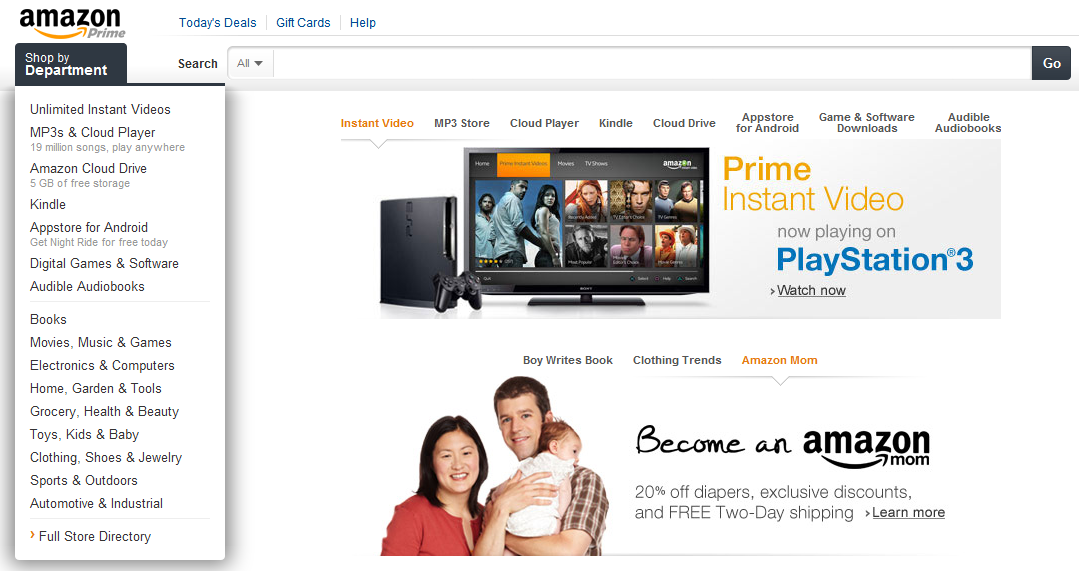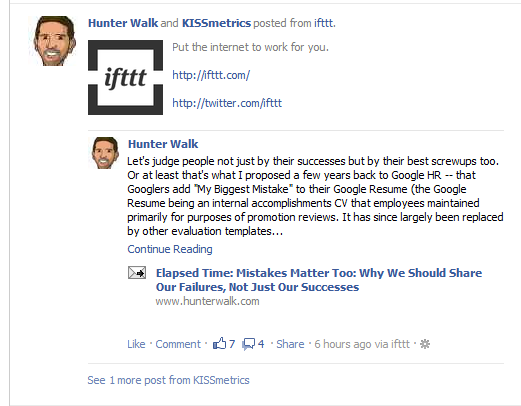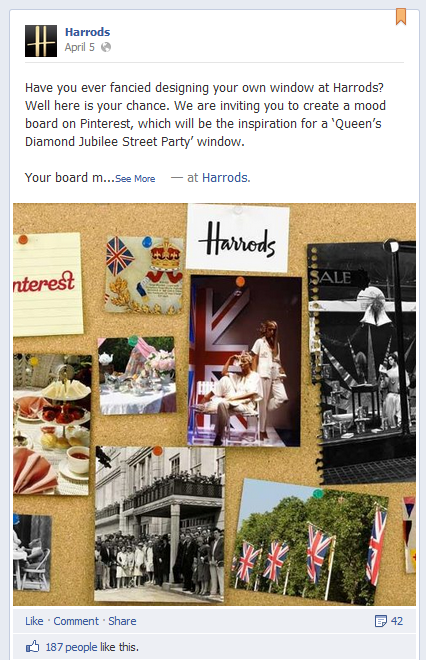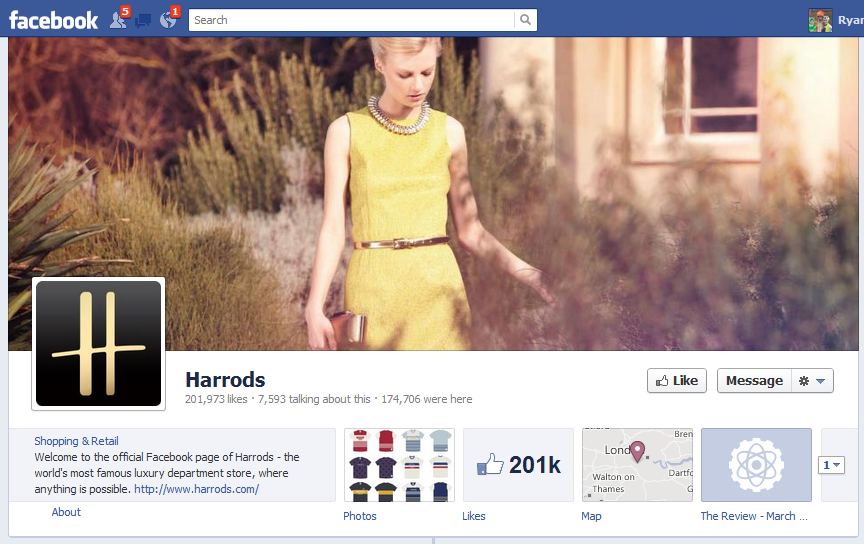I talk about Klout all the time and encourage marketers to integrate / leverage the service as a way to engage quality users & customers. This has implications for advertising, customer service, product experience, etc. This is an entirely unrelated point - but I think it's extremely clever and unique. Klout has released a new iPhone application and they are using iOS's "Badge" system to display your Klout Score atop the app's icon. Terrifically simple, smart idea and a way to bring users back into the application (which is the single most important and challenging aspect for most applications).
I love it and expect / encourage others to think about how this relates to their service and their users.
